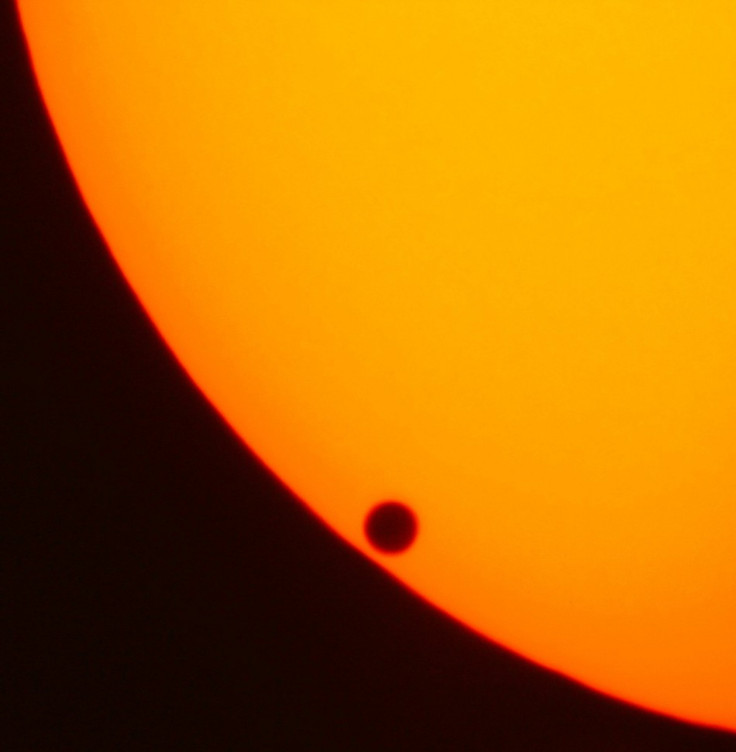Transit Of Venus 2012: How, Where To Watch Rare Solar Event

The rare transit of Venus will be visible over the United States Tuesday as the second planet in the solar system will pass in front of the sun as it sets.
The transit of Venus, which entails a tiny speck traveling in front of the sun, is an extremely rare event -- the next one is in 2117 -- so it's best to prepare ahead of time. How?
Those contemplating venturing out and staring at the sun, be warned: You will probably go blind. Instead, take a precautionary measure -- and simple sunglasses won't do. Experts recommend #14 welder's glasses, or an even darker filter, to make sure you're not blinder than a bat by the time Venus has finished its show.
If you want to see the spectacular show without looking like a dork, inexpensive eclipse shades are available online. Though they probably won't get to your house by sundown.
A number of telescopes also can be fitted with solar filters, which offer the best viewing, according to NASA, by magnifying sunspots and Venus. Be advised: Don't point your unfiltered telescope at the sun and take a peek. You could be blinded and risk permanent damage (although you might be left with one good eye).
Or, if you wish to show off, get a makeshift or telescope projector, which splashes the view onto a surface, preferably white. It stares at the sun so you don't have to.
If you work odd hours, are a vampire who hates sunlight and fresh air, or generally avoid interacting with other people, NASA has you covered. The space agency will webcast the event from several observatories around the world, as it occurs. So even if you miss it in your time zone, you may catch one of the later streams -- unless you live in Hawaii, in which case you have to plan ahead.
Want to be wholly immersed in dorkiness? You can join the modern-day equivalent of the discovery of the transit of Venus (early explorers and scientists used the event to measure the Earth's distance from the sun).
The Transit of Venus phone app is available for Android and iPhone, and allows viewers to contribute their observations to a collective experiment. You can download it here.
Enjoy the show, and if you go blind, it's your own fault.
According to National Geographic, the entire transit will be visible from Hawaii, Alaska, New Zealand, Japan, the Philippines, most of Australia and parts of eastern Asia. Countries in the Western Hemisphere will see the transit on Tuesday, while those in the Eastern Hemisphere will see it on Wednesday.
Viewers in North America will see Venus start to cross the sun in the late afternoon on Tuesday, but the sun will set with the planet still in transit.
Observers in Europe, Africa, and western Australia, meanwhile, will see the sun rise Wednesday morning with Venus already on its face.
Here is a NASA map indicating zones of visibility around the world.
© Copyright IBTimes 2024. All rights reserved.





















